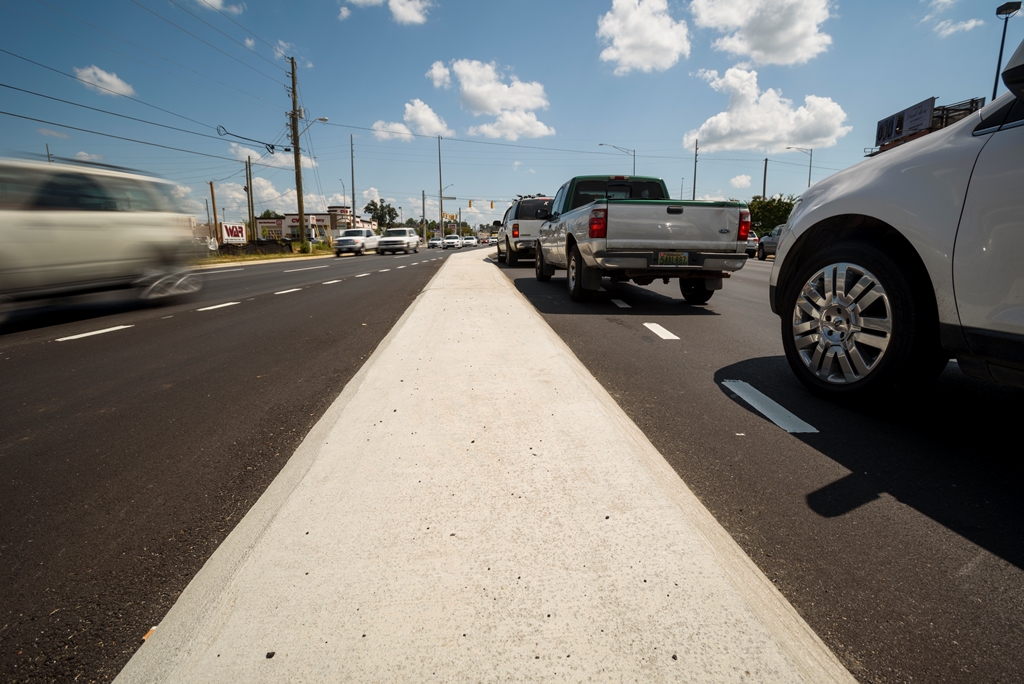TUSCALOOSA, Ala. — The causes of traffic crashes differ between the Thanksgiving and Christmas holiday seasons, but both periods are equally as deadly for those on the roads, according to an analysis of state traffic records over the past five years by researchers at The University of Alabama.
For instance, crashes caused by drivers under the influence of drugs or alcohol are more prevalent around Christmas and New Year’s Day, while crashes the days around Thanksgiving are concentrated around typical rush hours, a study by UA’s Center for Advanced Public Safety showed.
“We wanted to get the characteristics of the two periods as close as possible with regard to factors that were clearly not related to the two holiday seasons themselves,” said Dr. David Brown, a researcher with CAPS who directed the study. “The first, and most important, finding was that these two holiday seasons are very much different when it comes to traffic crash causation.”
Finding the differences between the two periods can help target law enforcement strategies and other driver motivational and educational efforts, he said.
The study employed the Critical Analysis Reporting Environment, or CARE, a software analysis system developed by CAPS research and development personnel to automatically mine information from existing databases. The Alabama Law Enforcement Agency, or ALEA, provided crash records for the study.
Researchers examined 15-day periods around the holidays from 2014 to 2018 – Nov. 18 to Dec. 2 for Thanksgiving and Dec. 18 to Jan. 1 for the holidays at the end of the year.
Officers reported drugs and alcohol as more frequent crash contributors during Christmas than during Thanksgiving. Non-alcoholic drugs were statistically overrepresented during Christmas.
The Christmas season also had more collisions with deer, despite that Thanksgiving has more deer collisions than an average 15-day period. The deer collisions in late November increase at the end of the year likely because of hunting season and natural mating season. These collisions occur more at night, including dusk and dawn, than during daylight.
During Thanksgiving, crashes are overrepresented near the start and end of a typical work day, not unexpected since the 15-day period includes more of those days than the Christmas time frame, Brown said. During the Christmas season, crashes are more frequent from 8 p.m. to 7 a.m., according to the study.
Also, the Christmas season has more crashes in the rain, nearly 7,000 crashes on average compared to about 3,000 for the Thanksgiving period. The highest contributing factor reported by officers for rainy crashes during the end-of-year holidays was “driving too fast for the conditions.”
During the Thanksgiving period there are a larger than expected number of crashes likely related to the annual Iron Bowl football game between UA and Auburn University, with the cities of Tuscaloosa, Auburn and Birmingham overrepresented. There are also more crashes on Interstate 59 during the Thanksgiving period.
For the Christmas season, single-vehicle crashes occur more often as well as collisions with trees. The cities of Mobile, Dothan and Jasper also have more crashes than expected during this period.
However, the number of those who died in traffic crashes is about the same, with 198 deaths over the five-year period during the Thanksgiving timeframe and 197 during the comparable period in the Christmas season.
“Clearly, this is not a significant difference in fatalities, which tells us that both of these time periods are equally dangerous when it comes to deaths on the roadway,” Brown said.
The holiday periods have about three or four more deaths than expected in an average 15-day period.
For both periods, the safest time to drive is during the day on the holidays as Thanksgiving, Christmas and New Year’s Day have fewer crashes than the rest of the period.
Tips to stay safe include buckling up, not driving under the influence of drugs or alcohol nor riding with a driver who is, avoiding electronic distractions, slowing down, anticipating bad weather and driving defensively by keeping a safe distance between vehicles ahead and by letting aggressive drivers pass.
Contact
Adam Jones, UA communications, 205-348-4328, adam.jones@ua.edu
